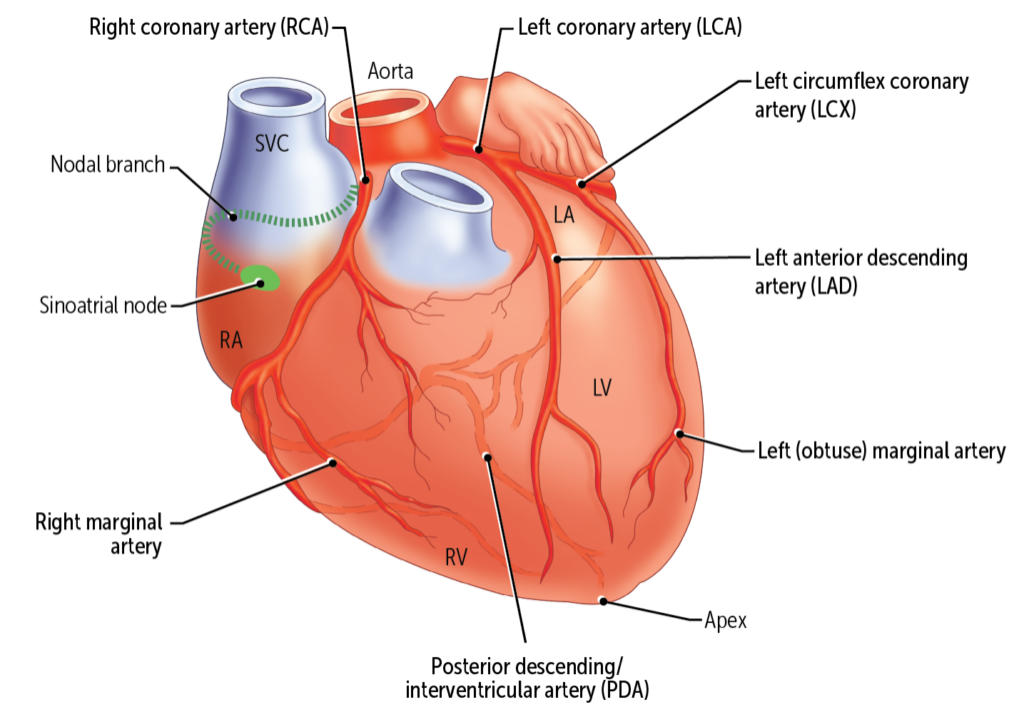See if you can handle our Step 1 Question of the Week. Earn bonus points by providing a diagnosis along with the reasoning behind your conclusion.
Afterward, take the Rx Challenge and see why more med students are relying on USMLE-Rx for Step 1 prep. Each participant will receive a chance to win a $500 gift card and a one-on-one career counseling session with First Aid leader, Dr. Tao Le.





A. Corticosteroids
Corticosteroids
This patient is experiencing symptoms associated with Giant Temporal Arteritis, characterized by unilateral headache with changes in vision acuity, which may be due to involvement of the ophthalmic artery. Temporal Arteritis is associated in a 40% of the patients with Polymyalgia Rheumatica, which is manifested as the general symptoms plus the axial skeleton pain/Stiffness.
Nice!
aaa
A) (High dose) CORTICOSTEROIDS prior to temporal biopsy to prevent blindness
A, it was the answer that jumped out immediately. Thank you First aid team!
(A) asian lady makes the diagnosis so obvious
The correct answer is A. This older woman has worsening headache and blurred vision, which should suggest giant cell (temporal) arteritis (GCA). Her accompanying symptoms of fatigue and stiffness, which suggest polymyalgia rheumatica (PMR), further support a diagnosis of GCA. GCA is a vasculitis of large and medium-sized vessels. Left untreated, it commonly causes blindness unilaterally or bilaterally as a result of involvement of the posterior ciliary and ophthalmic arteries, which feed the retina. Like this woman, patients with GCA often report fatigue, headaches, and blurred vision. They may also present with low-grade fevers and jaw/arm claudication.
In patients with PMR, muscle stiffness persists for at least 1 month. The best initial treatment for both conditions is a trial of corticosteroids. However, if GCA is suspected, because of the risk of blindness, treatment with high-dose corticosteroids should be started promptly, even before the diagnosis is confirmed. Urgency is even greater for patients already presenting with signs of visual impairment.
Specific interleukin-6 inhibitors may be efficacious in the treatment of refractory cases of large vessel vasculitis, but further research is required. Methotrexate therapy is an appropriate adjuvant for polymyalgia rheumatica, but it is given in combination with the primary treatment, corticosteroids. Methotrexate has also been found to be useful as an adjuvant therapy for GCA, but again, it is prescribed in combination with corticosteroids, not as a first-line treatment. Nonsteroidal anti-inflammatory drugs are an appropriate symptomatic adjuvant but would not resolve the condition. Neostigmine is the treatment for myasthenia gravis, another condition presenting with vision problems. Retinol (vitamin A) supplements are necessary for patients with vitamin A deficiency, especially those exhibiting symptoms of night blindness, but this patient’s symptoms are not indicative of vitamin A deficiency.
Thank you for the complete explanation. This helps so much with the goal of treating patients effectively.
A